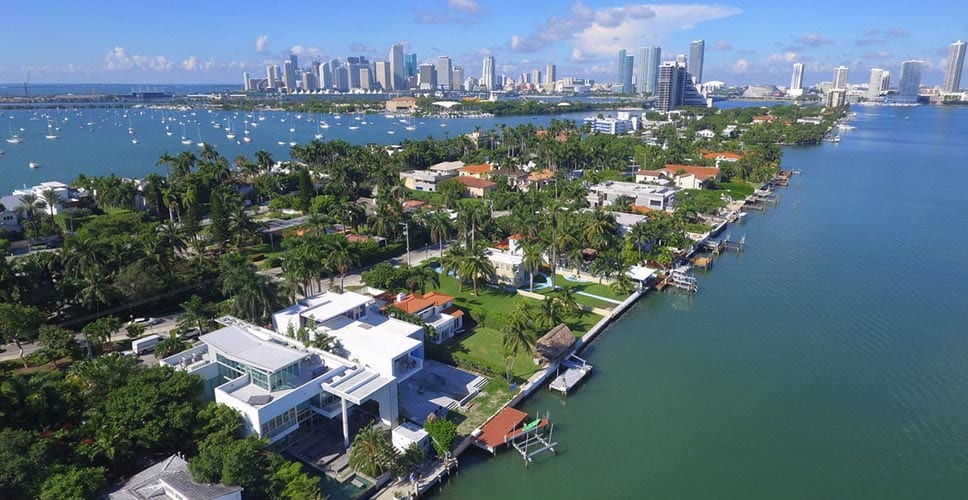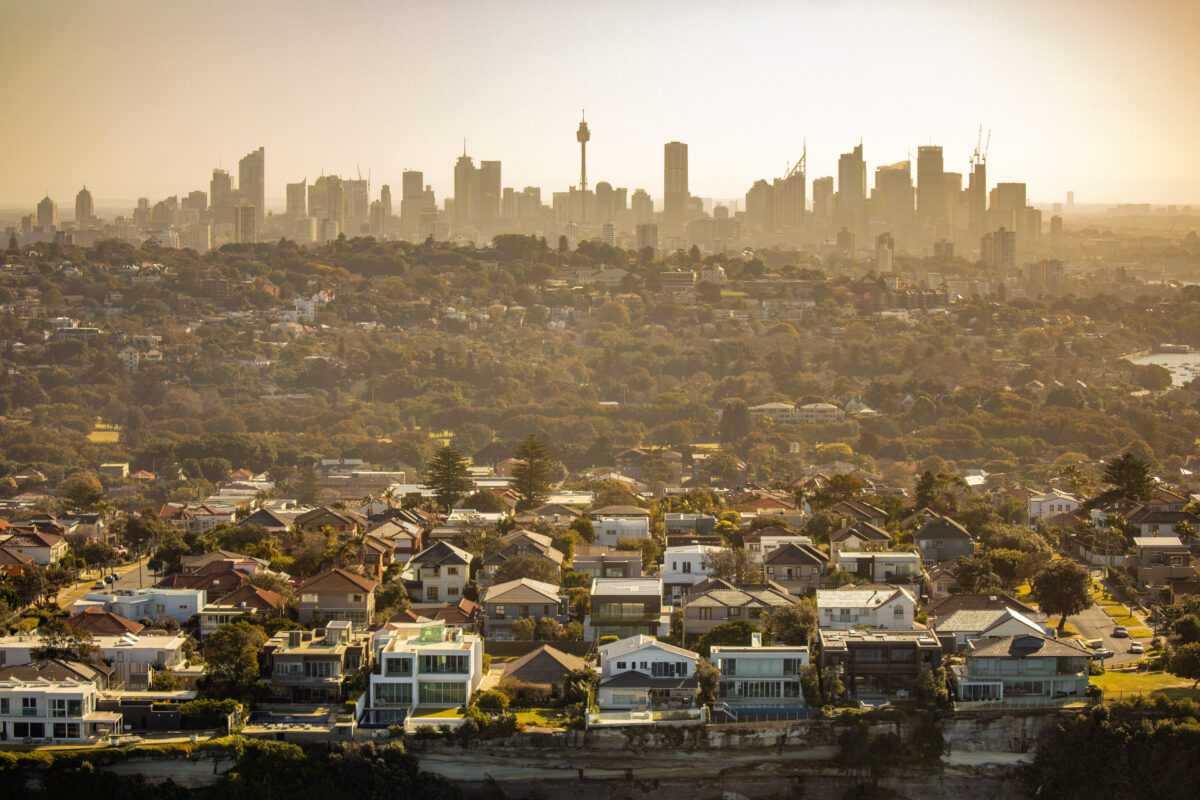Miami is no Longer Affordable, and it’s Driving People Away

Miami’s population continues to grow, but that growth is beginning to slow. For some segments of the population – especially residents born in the U.S. – that growth has actually reversed to a decline.
Migratory Patterns
International migration into Florida is still robust, according to data compiled by researchers from the Florida International University Metropolitan Census. International newcomers have increased by a rate of nearly 400% since 2010. However, net migration of domestic residents has decreased by about 2,800%. The discrepancy is staggering.
As the total population continues to increase, the cause behind the dramatic exodus has largely been unexamined until recently. Experts tend to agree that much of the problem is due to the lack of affordable housing in the area.
Housing Market
There are several factors that should be carefully examined when discussing the housing market in the Miami area. The cost of housing, average income, and the gap between the two.
Housing in Miami is well above the national average: Statistics from the United States Census Bureau show the median value of owner-occupied homes in the Miami-Dade area is $203,300, compared with a national median of $178,600. The median monthly cost is about $1,690, while the national median is $1,492. Median rent in the area is $1,112, compared to a national median of $928.
But income in Miami is nearly 20% lower than the national median, or $43,129 versus $53,889. About 20% of the population of Miami live in poverty, compared with a national rate of 13.5%.
This shows housing and rental prices in the area exceed prices found in the rest of the country, while income falls short.
In most markets, the disparity in income would allow for a natural adjustment of the housing prices. But this hasn’t happened, making it difficult for current residents to remain living in the area.
Instead, housing prices have continued to rise, in large part as a result of foreign investors buying up a lot of available property.
A recent analysis released by CBRE highlighted the appeal of the state and the Miami area specifically. In 2015, foreign investment in Florida skyrocketed to $4.3 billion – an increase of 85 percent from the previous year. It is an attractive investment because of the overall economic growth, appealing climate, and metropolitan amenities.
Foreign investors are primarily originating in Latin American countries, Spain, China, and the Middle East.
Another issue that continues to drive up prices in the area is the constant threat of hurricanes. While there hasn’t been a direct hit to the Miami area since the devastating landfall of Hurricane Andrew in 1992, the area still has high insurance premiums and some of the most expensive building costs in the nation due to strict construction regulations.
Possible Solutions
There are several factors which must be addressed if the city is going to prevent an even larger migration out of the area.
One component is an increased availability of housing units in the mid-market level. While this is a common problem in flourishing metropolitan areas, Miami has additional challenges to face in the form of environmental limitations. The area has a finite amount of land available for real estate development due to the boarders of the Atlantic Ocean and the Everglades.
In order for more developers to begin building affordable housing, local governments will need to make accommodations to current zoning and construction restrictions and offer incentives that will promote growth in the desired markets.
To address the income gap, stakeholders must work to increase the wages to create an environment where workers can afford housing.
There is no clear path forward for the city of Miami or residents who wish to find affordable housing in the area. It will likely continue to be a seller’s market for the foreseeable future, and buyers who are priced out will simply have to relocate.



